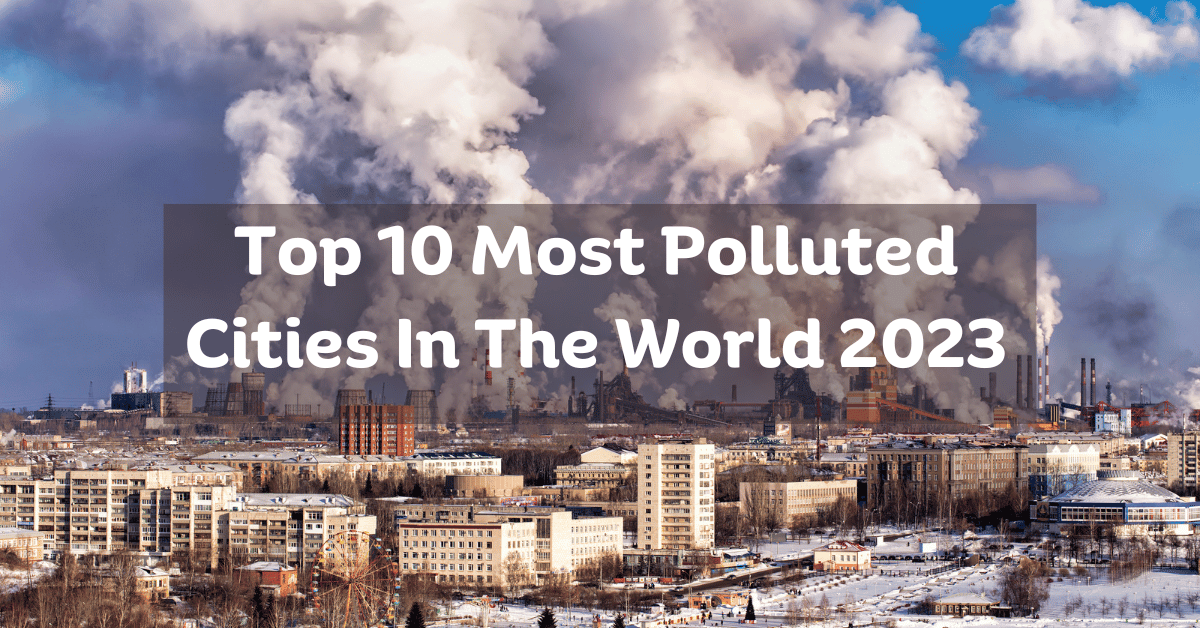When you imagine a polluted city, images of towering buildings shrouded in smog and streets littered with garbage might come to mind. The air is thick with toxic fumes, honking horns, and the grim sight of factories billowing out pollutants—it’s a scene straight out of a dystopian nightmare. Despite global efforts to prioritize sustainability and environmental consciousness, many major cities continue to grapple with alarming levels of pollution. These cities not only endanger the health of their residents but often rank among the most hazardous places on Earth. Before you embark on your next journey or relocation, it’s crucial to understand the pollution levels you might encounter. Brace yourselves with air purifiers and masks, as we uncover the most polluted cities in the world in 2023.
Understanding Urban Pollution
Urban areas are hotspots for pollution due to their high population density and myriad activities that require energy consumption. Daily urban activities, from commuting to cooking, contribute to pollution. Additionally, agricultural practices in surrounding rural regions, along with industrial activities like power generation, oil refining, and manufacturing, exacerbate the problem. The interplay of these factors makes cities fertile grounds for pollution, negatively impacting both human health and the environment.
10 Most Polluted Cities In The World
10. Patna, India:
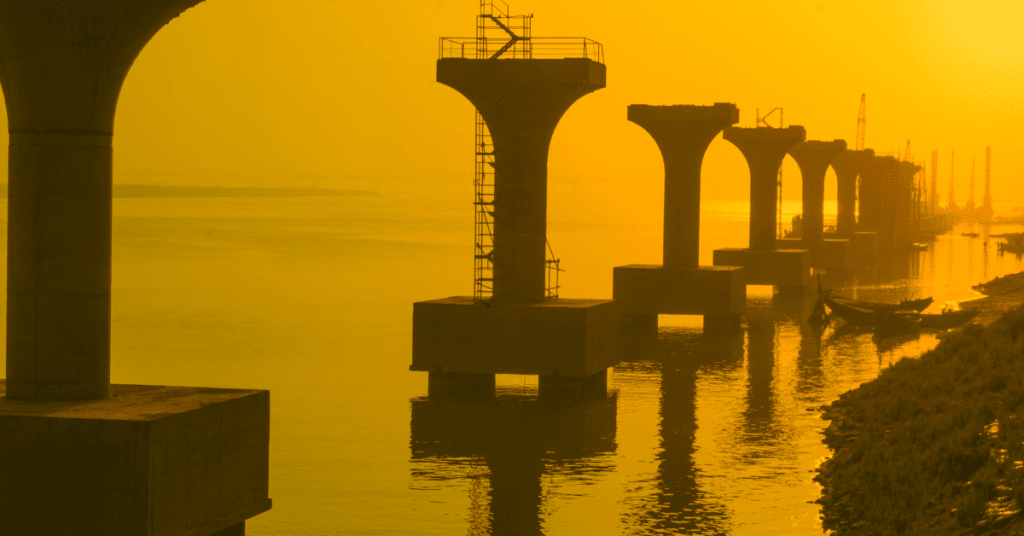
Situated along the serene banks of the Ganges River, Patna stands as a city of historical significance. However, its picturesque past starkly contrasts with the harsh present reality of pollution. The air quality in Patna exceeds the recommended PM2.5 concentration by over six times, catapulting the city into a category of significant health risks. The amalgamation of factors such as vehicular emissions, rampant industrial activities, and the Ganges’ alarming pollution levels collectively paints a distressing picture.
9. Ghaziabad, India:
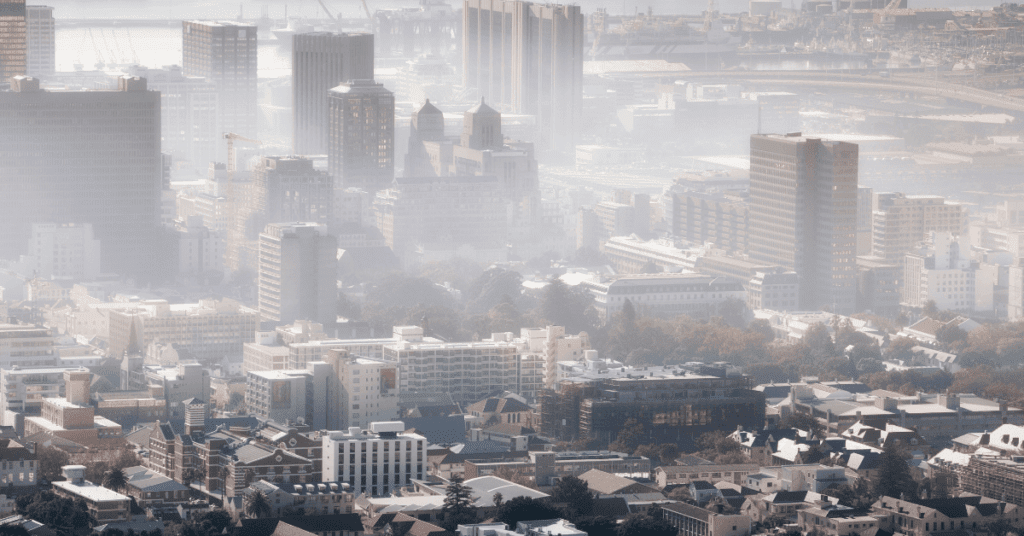
Ghaziabad, nestled in India’s Uttar Pradesh region, grapples with a burgeoning population and a thriving Oil engine industry. Unfortunately, these elements have left an indelible mark on the city’s air quality. The presence of power plants, factories, unpaved roads, and bustling construction sites has loaded the air with pollutants that notably contribute to respiratory diseases and even heart-related issues.
8. Baghdad, Iraq:

Once revered as a beacon of Islamic civilization, Baghdad now carries the heavy burden of poverty and corruption. In this context, the city also contends with compromised air quality. Emissions from transportation, the oil industries, and frequent dust storms combine to create an environment plagued by respiratory discomfort and the struggle for simple breaths.
You might find my articles on these topics interesting to read:
10 Most Dangerous Cities in the World 2023
7. Kashgar, China:
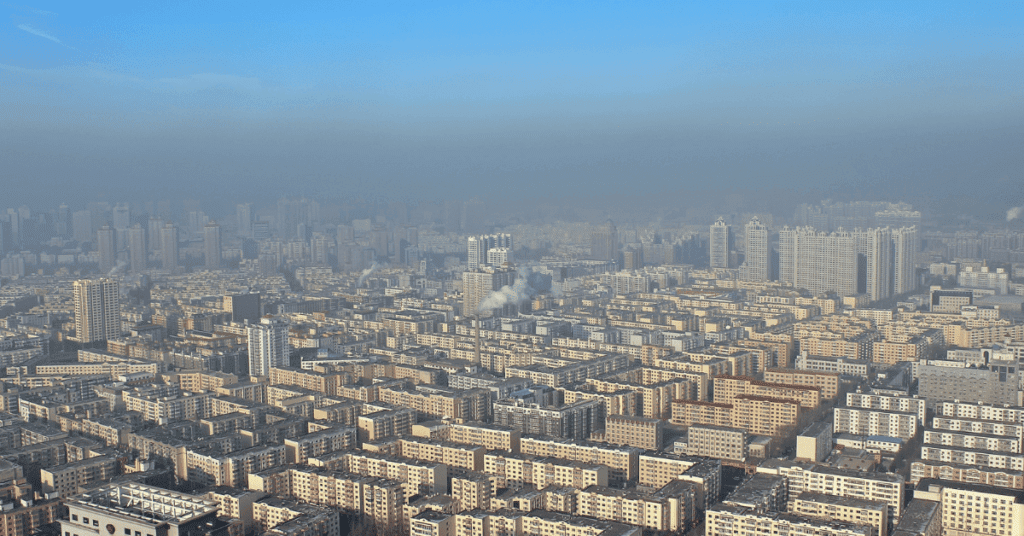
Kashgar, known for its rich trading heritage, finds itself ensnared by a different trade-off today: its air quality for progress. The city’s PM2.5 concentration has reached an alarming level, prompting the necessity of air purifiers to mitigate the health risks. As a city grappling with the legacy of its history and modern demands, Kashgar serves as a reminder that even natural sources can contribute significantly to urban air pollution.
6. Muzaffarnagar, India:
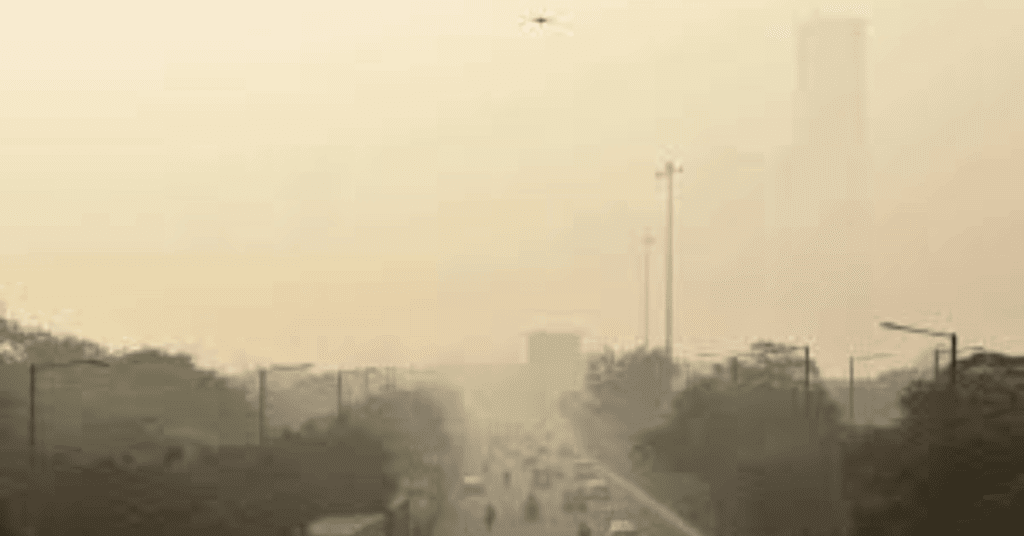
Branded as the “sugar bowl of India,” Muzaffarnagar’s landscape is intertwined with its sugar, steel, and paper industries. While these sectors provide livelihoods, they also contribute substantially to the city’s air pollution. Mandated mask-wearing is a defensive measure as the city’s residents grapple with air quality that far surpasses recommended levels, raising concerns about long-term health implications.
5. Delhi, India:

Delhi, India’s capital territory, stands as a metropolis marred by staggering population density. Unfortunately, its air quality follows suit, detrimentally affecting the health of millions, especially its vulnerable children, who bear the burden of irreversible lung damage. The city’s pollution woes are compounded by contamination in water, soil, and air, creating a multidimensional challenge for its inhabitants.
4. Dhaka, Bangladesh:
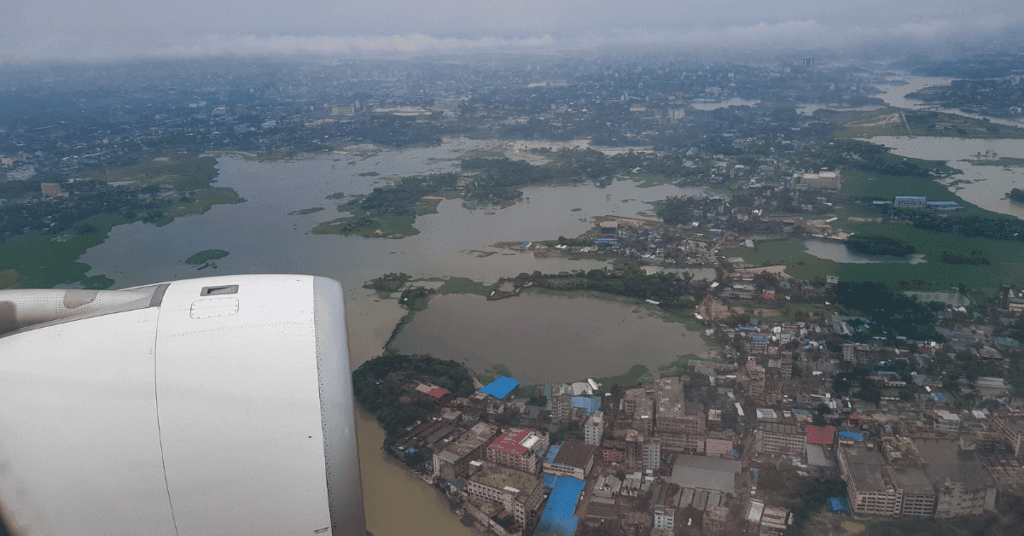
Dhaka’s rapid growth, paired with its excessive population density, has paved the way for severe air pollution. With industrial activities, congested traffic, and the looming shadow of landfills casting environmental stress, the city finds itself grappling with a PM2.5 concentration that far exceeds recommended limits. Dhaka’s air quality paints a vivid picture of the trade-offs between urbanization and the environment.
3. Begusarai, India:
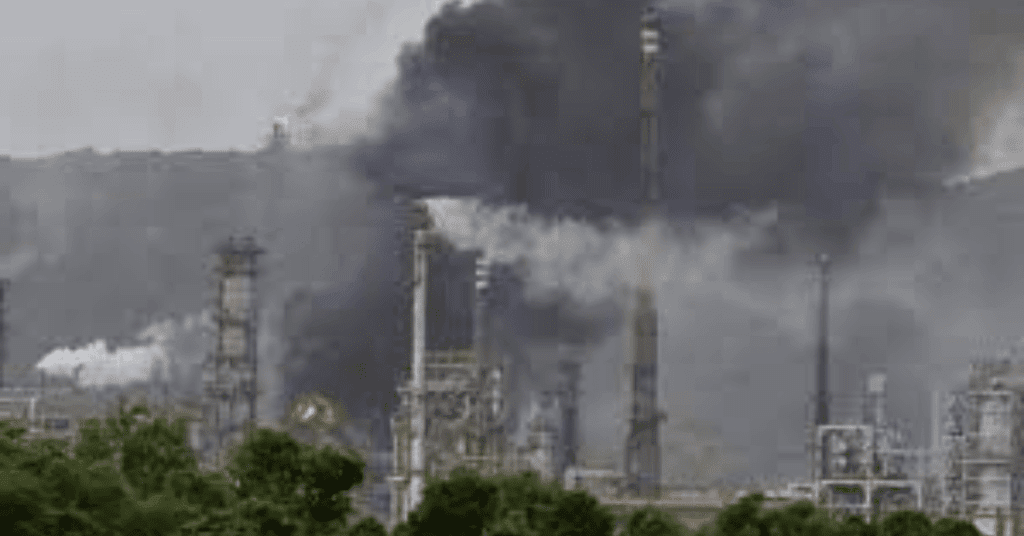
Home to pivotal industries, Begusarai’s skyline is often dominated by smog, indicative of its high PM2.5 concentration. The city’s landscape is dotted with power stations and industries that significantly contribute to severe air pollution. For individuals with respiratory conditions, air quality poses a significant challenge, amplifying the importance of clean air and its implications for public health.
2. Lahore, Pakistan:
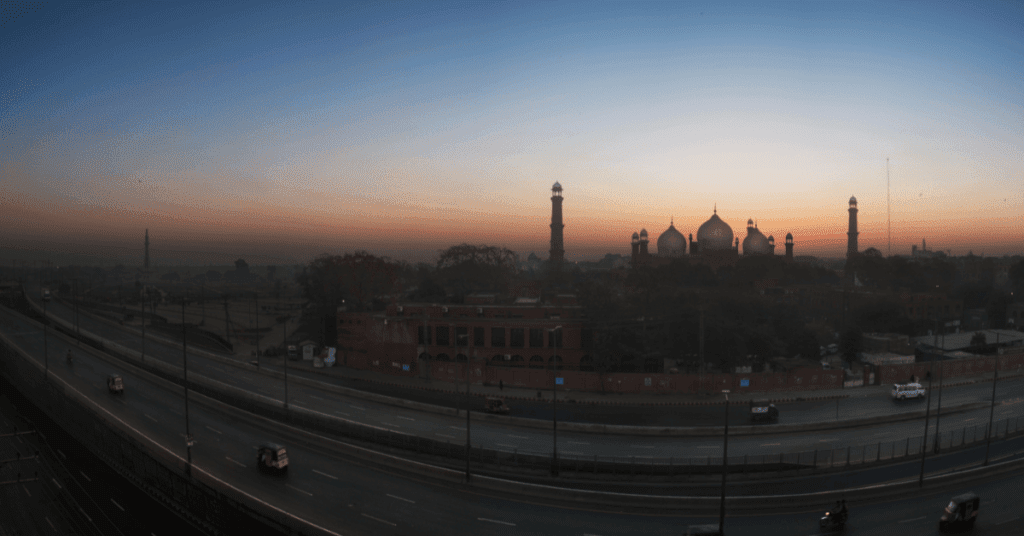
Lahore, the second-largest city in Pakistan, grapples with the consequences of rapid urbanization. The demand for development has led to the cutting down of trees and the release of harmful emissions from vehicles, factories, and industrial complexes. Dust stirred by bustling construction sites further intensifies the city’s pollution, putting its residents’ health at risk.
1. Dammam, Saudi Arabia:
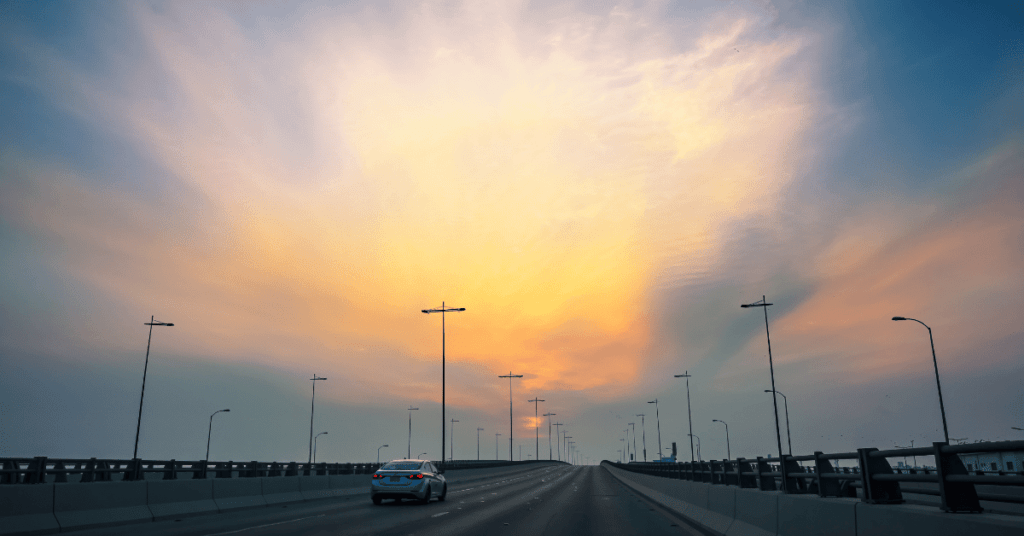
Dammam, an administrative nucleus of Saudi Arabia’s oil industry, bears a somber crown as the most polluted city in 2023. The city’s air is thick with smog, primarily driven by vehicle emissions. While those with existing health conditions face immediate health risks, even healthier individuals are not immune to the long-term effects of polluted air.
Conclusion:
While the world makes strides toward sustainability and environmental awareness, several cities continue to grapple with alarming levels of pollution. The detrimental effects of air pollution on human health and the environment cannot be overstated. From Dammam’s smog-laden skyline to Patna’s historic but polluted streets, these cities serve as a sobering reminder of the urgent need for global action. As we aim to create cleaner, healthier urban environments, the inhabitants of these cities remind us that much work lies ahead to combat the dire consequences of unchecked pollution.
